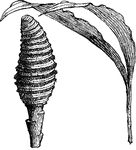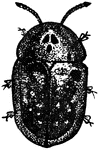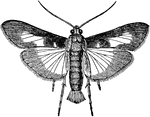
Narcissus
A genus of popular flowering plants, most of which are native to Europe, but many of them have been…
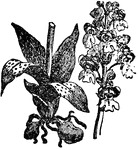
Orchids
A class of herbaceous plants or shrubs, including about 2,000 species, and generally distributed throughout…
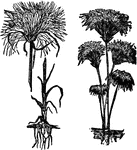
Papyrus
A genus of rushlike plants of the sedge family, growing in marshy places from root-stalks. The stem…
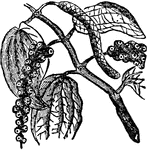
Pepper
A class of plants native to the East Indies, but now extensively naturalized and cultivated. There are…

Petunia
A genus of plants of the nightshade family, which are native to the warmer parts of America. The leaves…
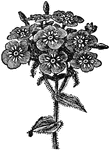
Phlox
A genus of plants with opposite leaves and beautiful flowers. There are many different species, mostly…

Phylloxera
A genus of lice classed with the aphidae, which feed as parasites on different kinds of plants. The…
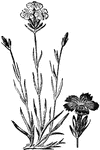
Pink
An extensive genus of plants, of which many species have long been cultivated in gardens. they include…
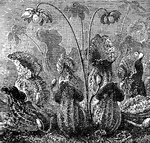
Pitcher Plants
A group of plants remarkable for having leaves or petioles formed like pitchers, and in which more or…

Plantain
A genus of plants distributed abundantly in all parts of the world. They inclue about one hundred species,…

Plantain
A genus of plants distributed abundantly in all parts of the world. They inclue about one hundred species,…

Poppy
A genus of plants, which are native chiefly to the warmer regions of Eurasia. They occur in many parts…
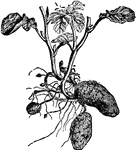
Potato
One of the most valuable food-producing plants. It is cultivated extensively in all the sub-tropical…
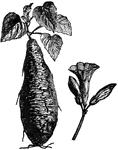
Potato
One of the most valuable food-producing plants. It is cultivated extensively in all the sub-tropical…
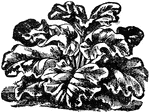
Rhubarb
A genus of plants cultivated for medicinal use and as a food. About twenty species have been described.

Rose
The common name of plants of the genus rosa. They have prickly stems and unequally pinnate leaves. About…
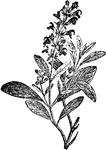
Sage
An extensive genus of plants of the mint family, which are widely distributed in warm regions, embracing…
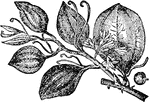
Sarsaparilla
The dried root or root-stalk of the smilax, a genus of shrubby climbing plants native to tropical America.
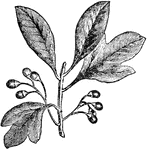
Sassafras
An extensive genus of plants, several of whose species are noted for the medicinal virtues of their…
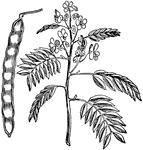
Senna
The dried leaflets of several species of cassia, plants belonging to the bean family. These plants are…
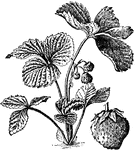
Strawberry
A genus of plants extensively cultivated for their luscious fruit. They were so named from the practice…

Sunflower
A genus of plants of the aster family, which have large, cordate leaves and terminal, flat, circular,…

Violet
A large genus of herbaceous plants, which are found in most parts of the glove, including about 200…

Yucca
A genus of plants of the lily family, having woody stems, lanceolate leaves, and a large panicle of…
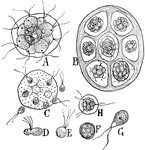
Pandorina
This illustration shows the features in the life history of Pandorina: A, a colony of plants. B, each…
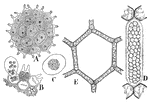
Green Algae
This illustration shows the colonial forms of unicellular green algae: A, Pediastrum, the plants of…
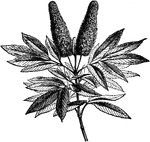
Cunonia
A small genus of plants. They are small trees or shrubs with compound leaves and dense racemes of small…
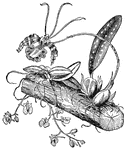
Orchis Family
This is an illustration of oneidium papilio and comparettia rosea, two epiphytes of the Orchis family.…

Lily
This illustration shows the scaly bulb of a Lily. Lilies are showy and large flowered plants that are…
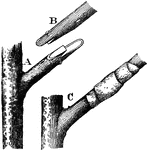
Tongue Grafting
To graft two plants together using the tongue or whip grafting approach, you must first make a sloping…
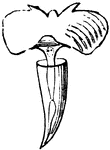
Cleodora
Cleodora refers to a genus of plants in the family Euphorbiaceae. The best known member of this genus…
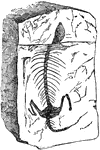
Fossil
This illustration shows the ancient fossile of an amphibian. Fossils are the mineralized or otherwise…

Darlingtonia
A remarkable genus of American pitcher plants. The leaves are trumpet shaped up to length of 3 feet.

Thorn Apple
A genus of plants, with angular toothed leaves, large funnel shaped flowers, and a prickly, globular,…
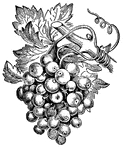
Vine
A well-known climbing shrub, which consists of climbing plants with woody stems, simple or compound…

Increase A. Lapham
(1811-1875) American scientist and naturalist. Created a catalogue of plants and shells found in the…

Ovule
A section of an ovule. An ovule is a structure found in seed plants that develops into a seed after…
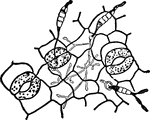
Fungi
"In general, fungi are low plants which do not contain chlorophyll, in contrast with the algae, which…

Heterospory
"In the lower plants the numerous asexual spores which each individual produces are usually alike. Among…
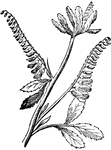
Melilot
"A genus of clover-like plants of the natural order Leguminosae, with ternate leaves, differing from…
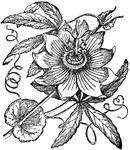
Passionflower
"A genus of plants almost exclusively native to the warm parts of America, and belonging to the natural…
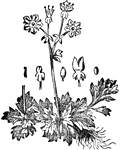
Saxifrage
"A genus of plants of the natural order Saxifrangeae. This order has a calyx, usually of five sepals…
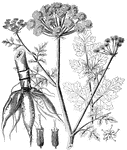
Oenanthe Crocota
A genus of poisonous plants. It is commonly found in wet places including streamsides and ditches.

Common Dandelion
A large genus of flowering plants. It is popular amongst children attempting to blow the pedals off…

Brachelytra
"Readily distinguished from the other groups of beetles by having the elytra much shorter then the abdomen,…

Heath
"Erica cinerea. The English form of a name given in most Teutonic dialects to the common ling or heather,…

Heath
"Calluna Vulgaris. The English form of a name given in most Teutonic dialects to the common ling or…

Helix Descrtorun
"Many species hibernate. The land-snails bury themselves in the ground, or conceal themselves under…
Drag
"The drag is a useful, light three-pronged tool which may be used for loosening the soil amongst vegetable…



